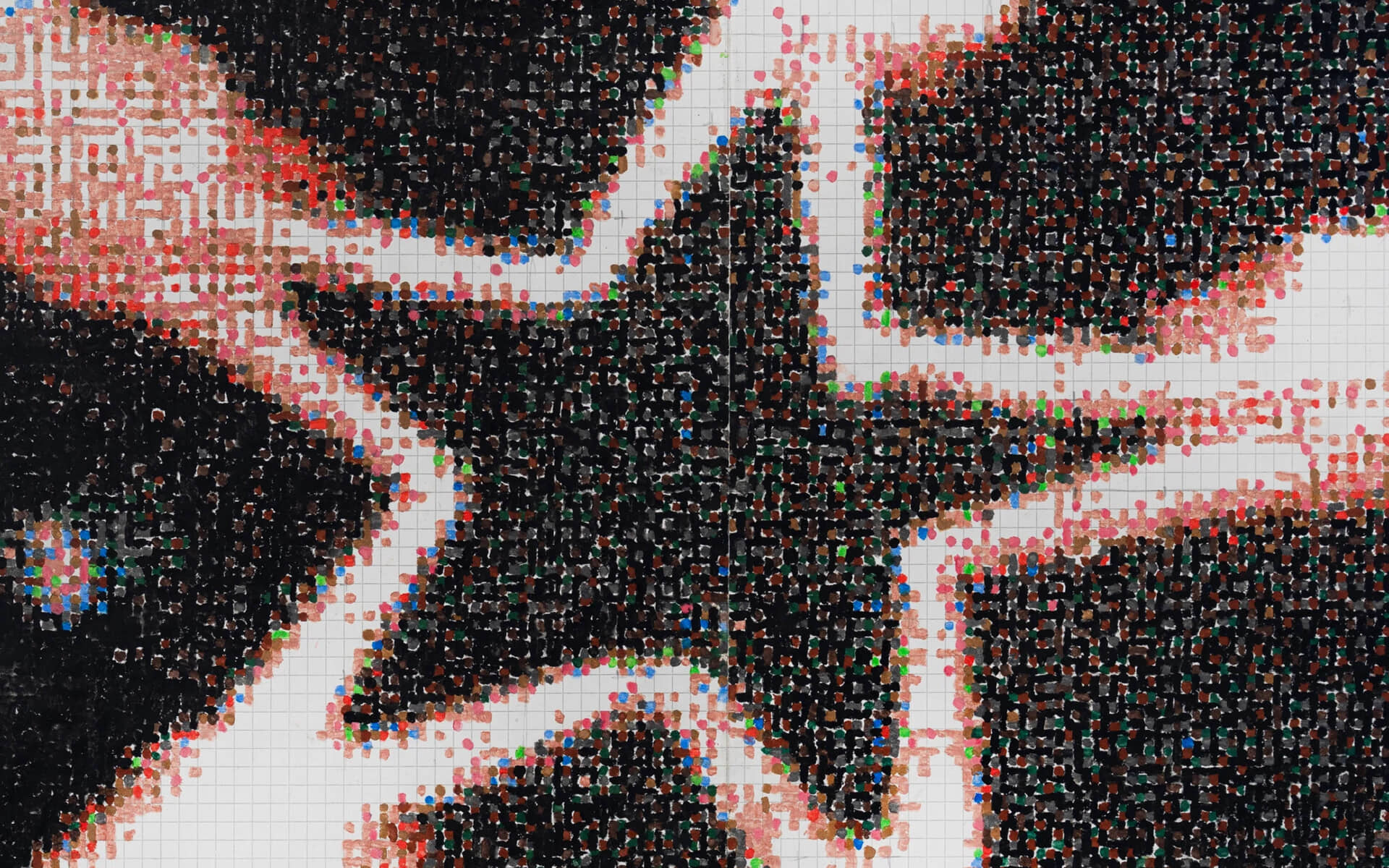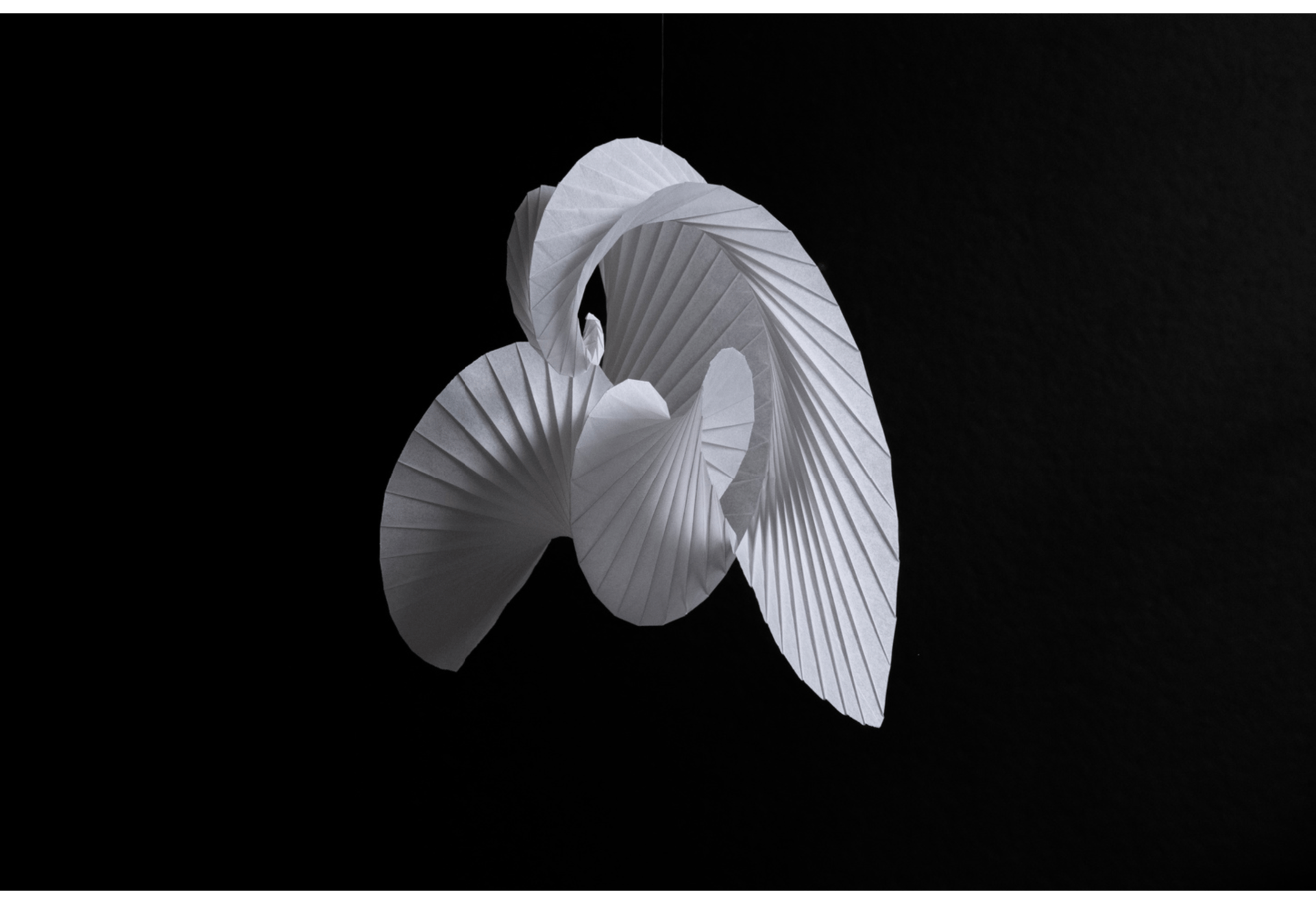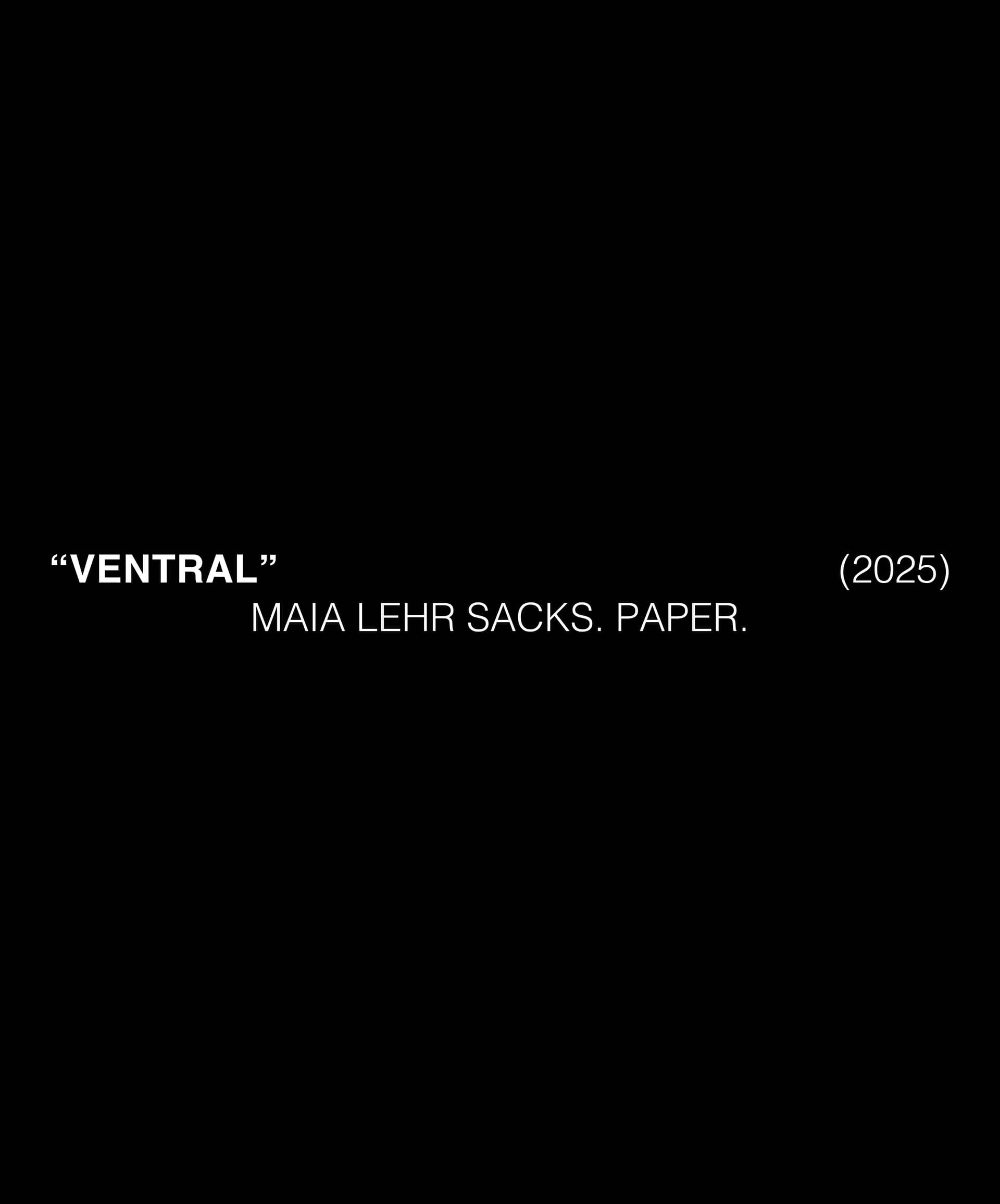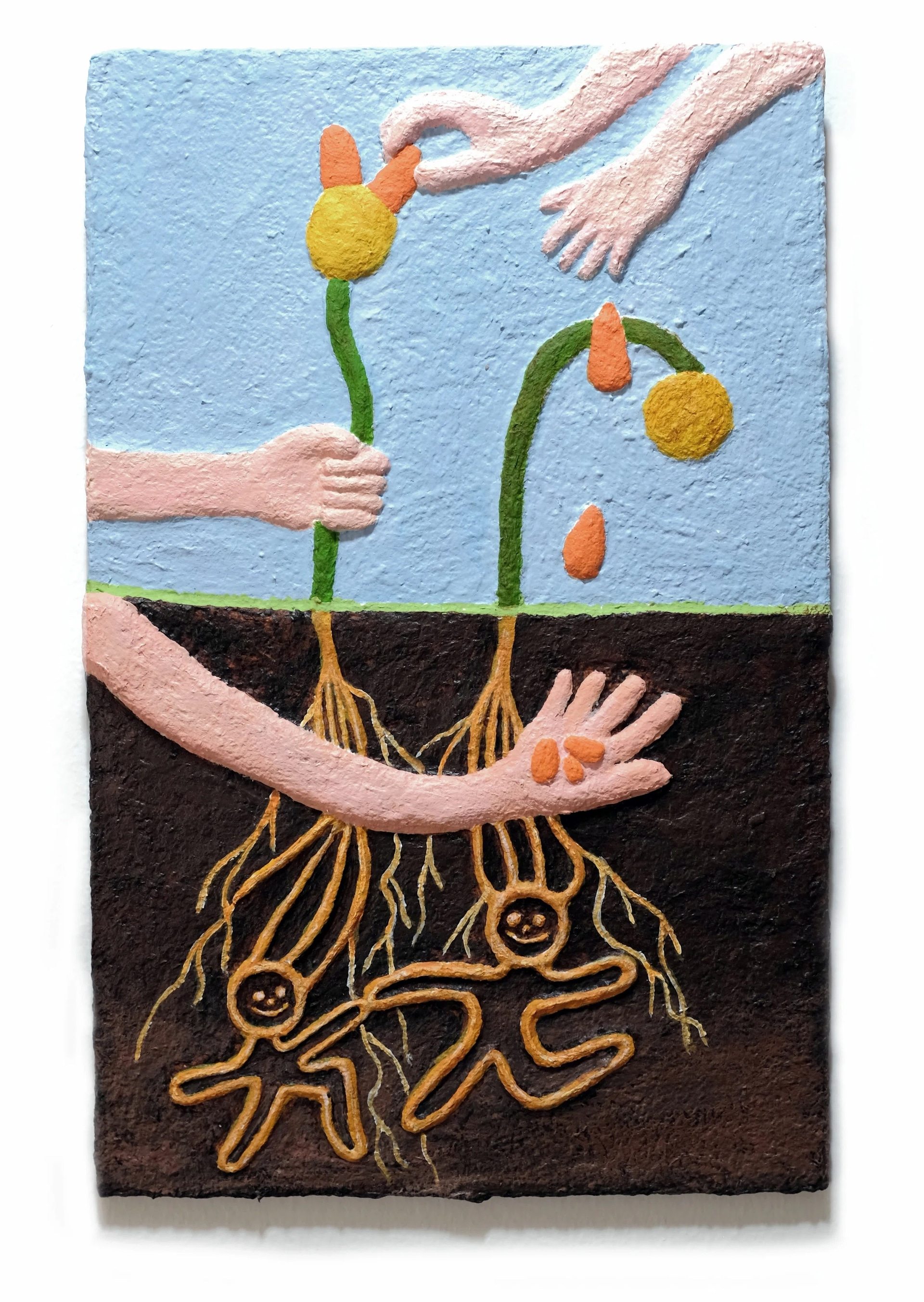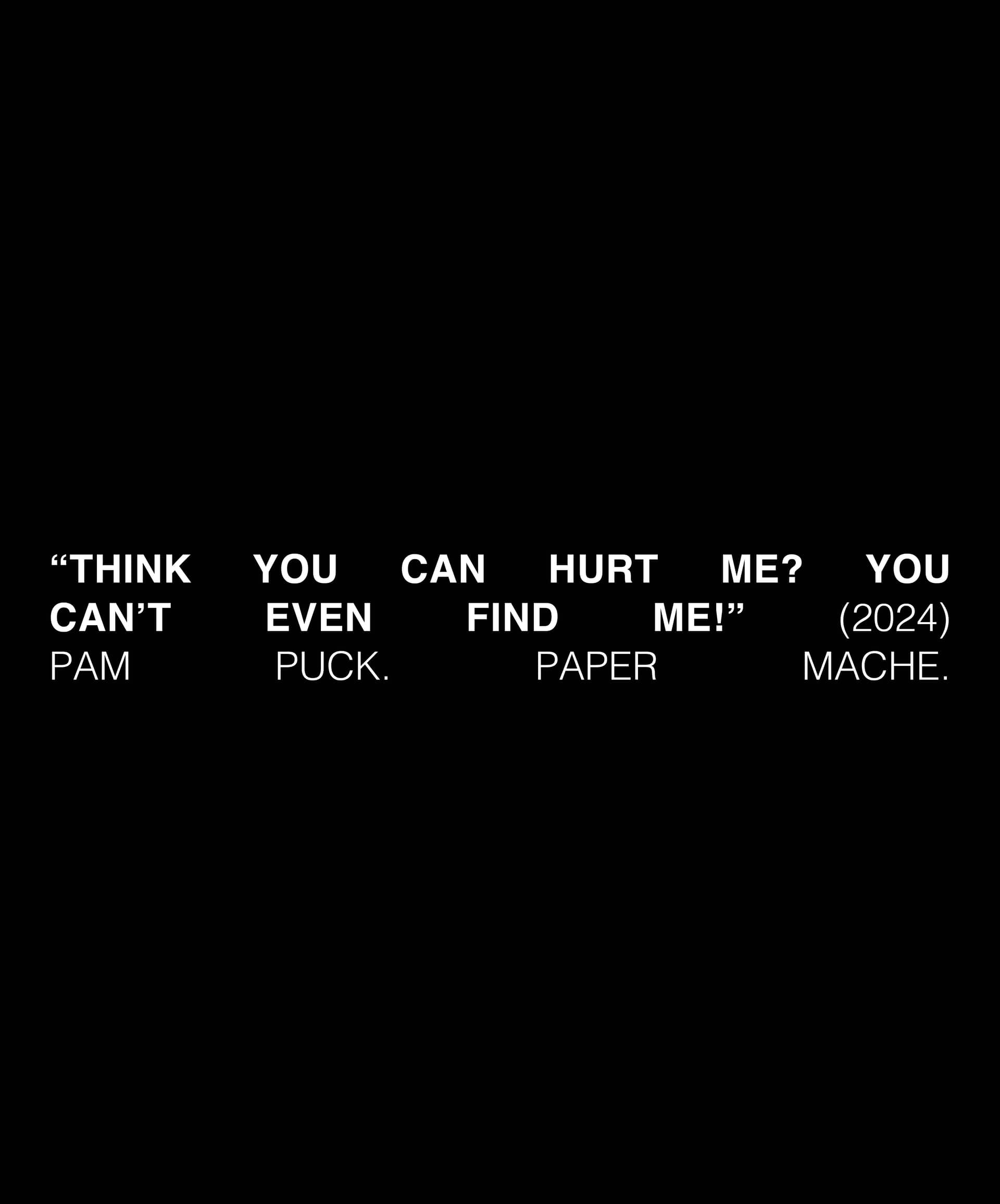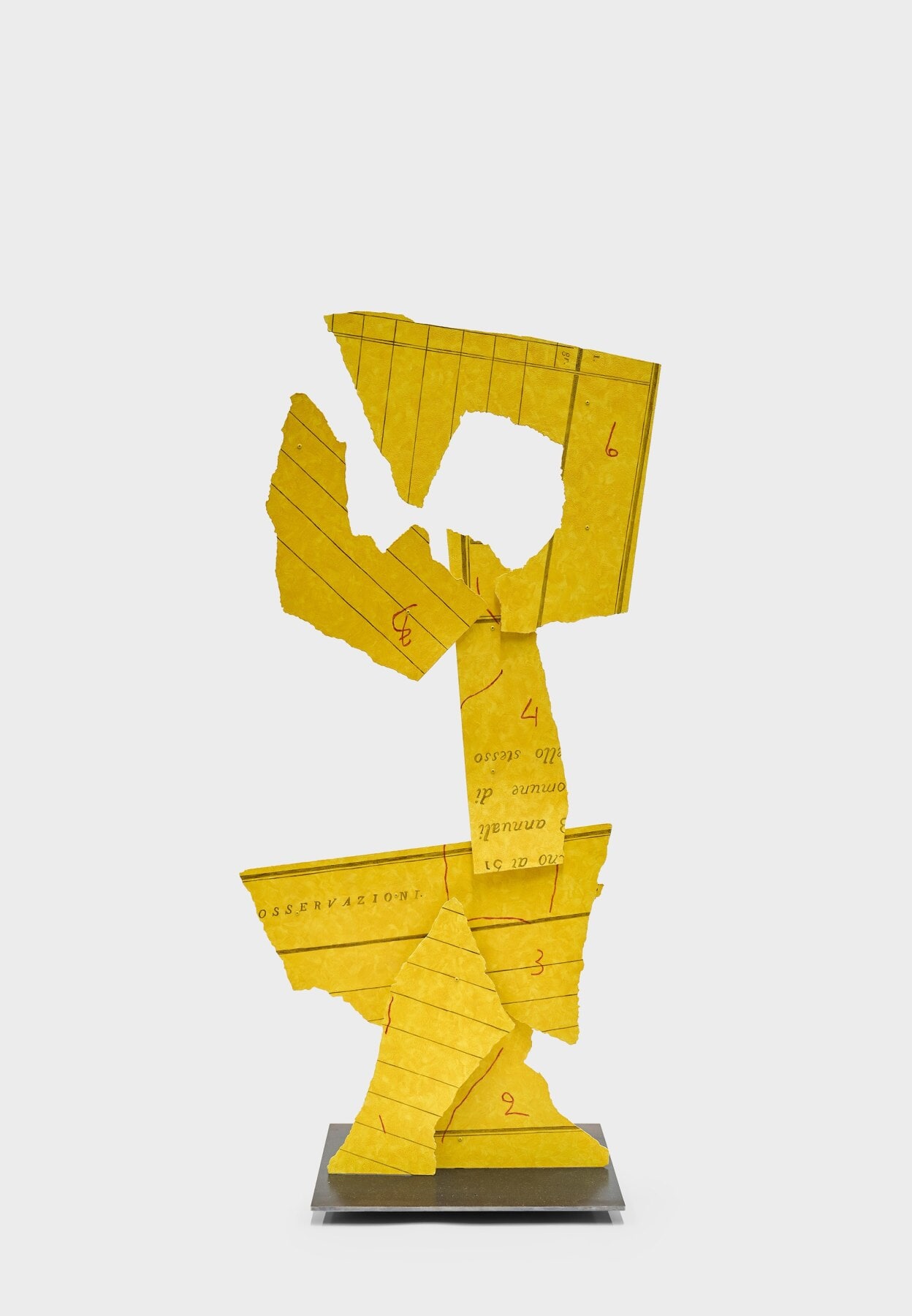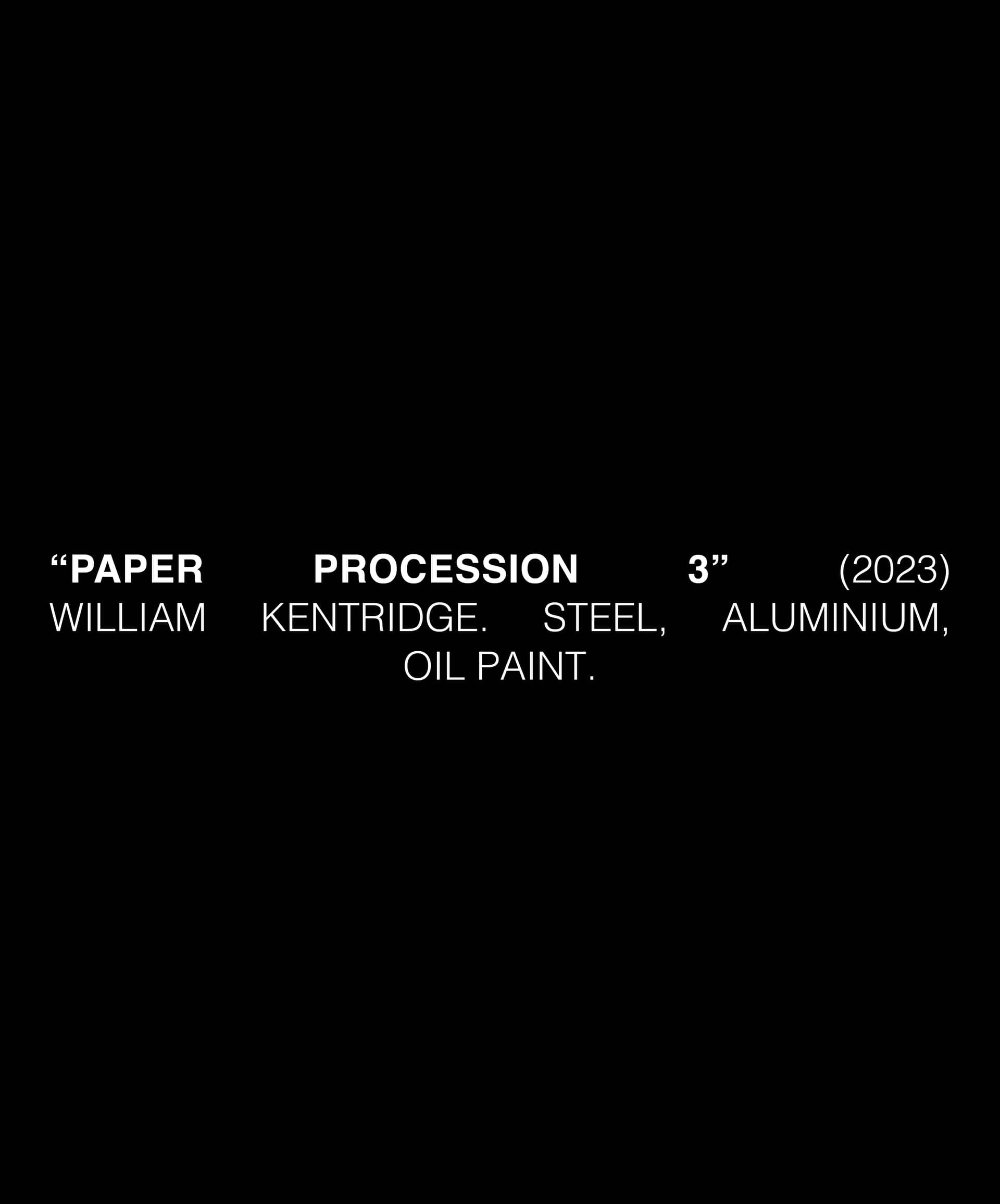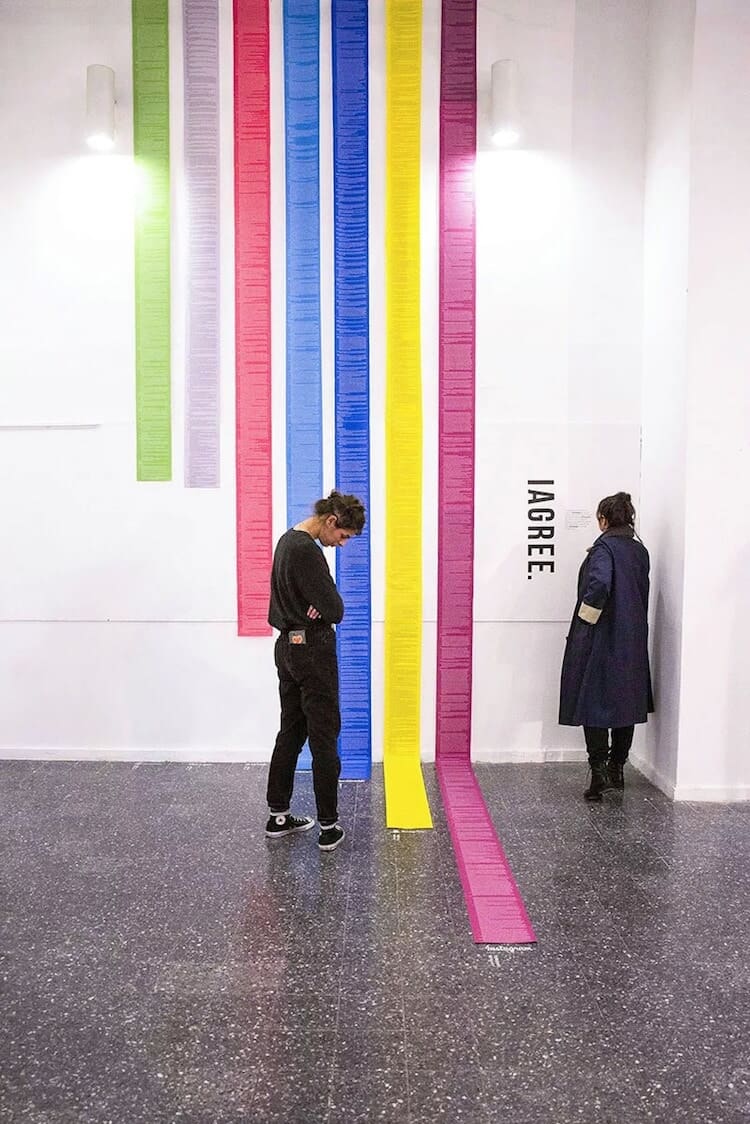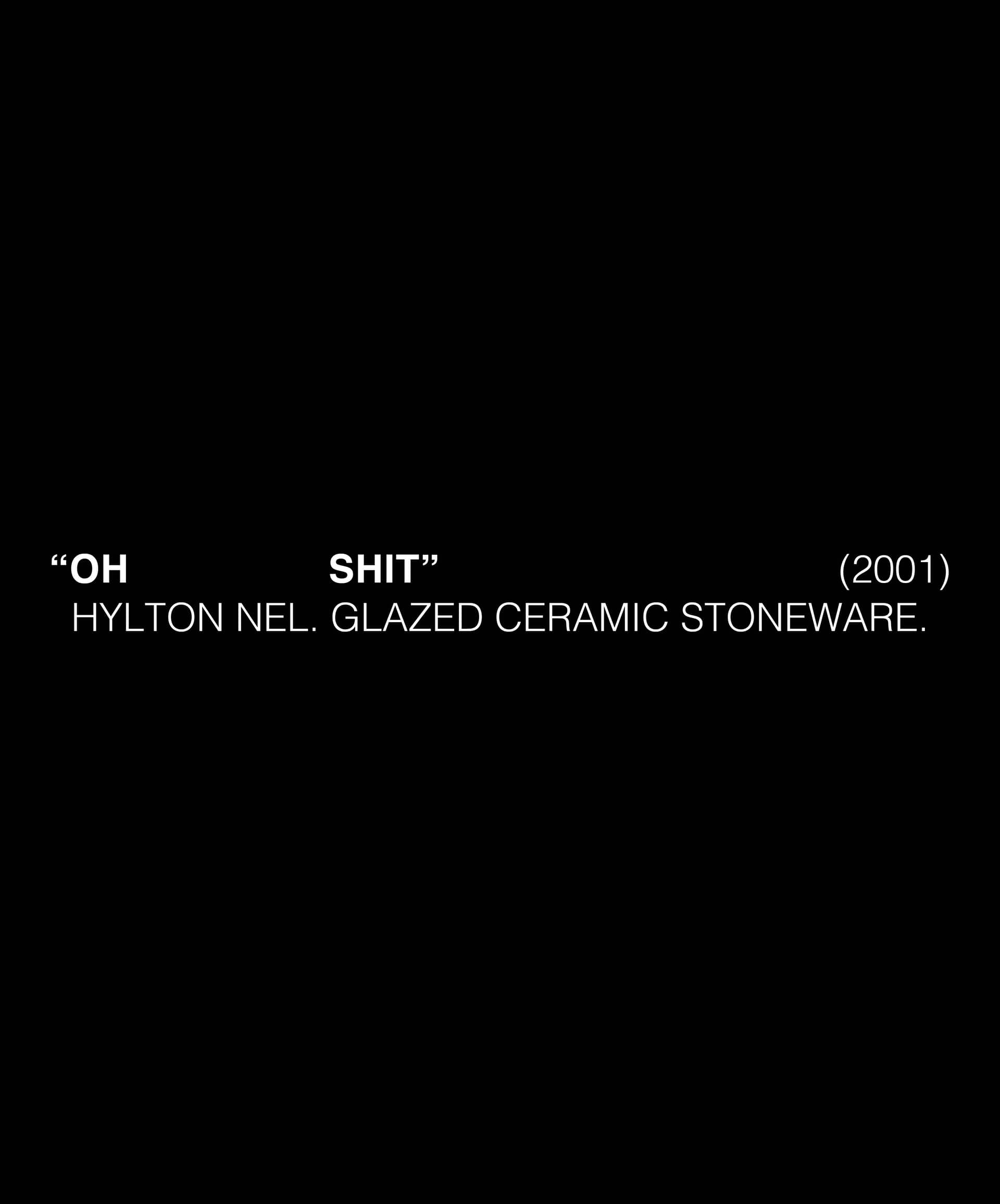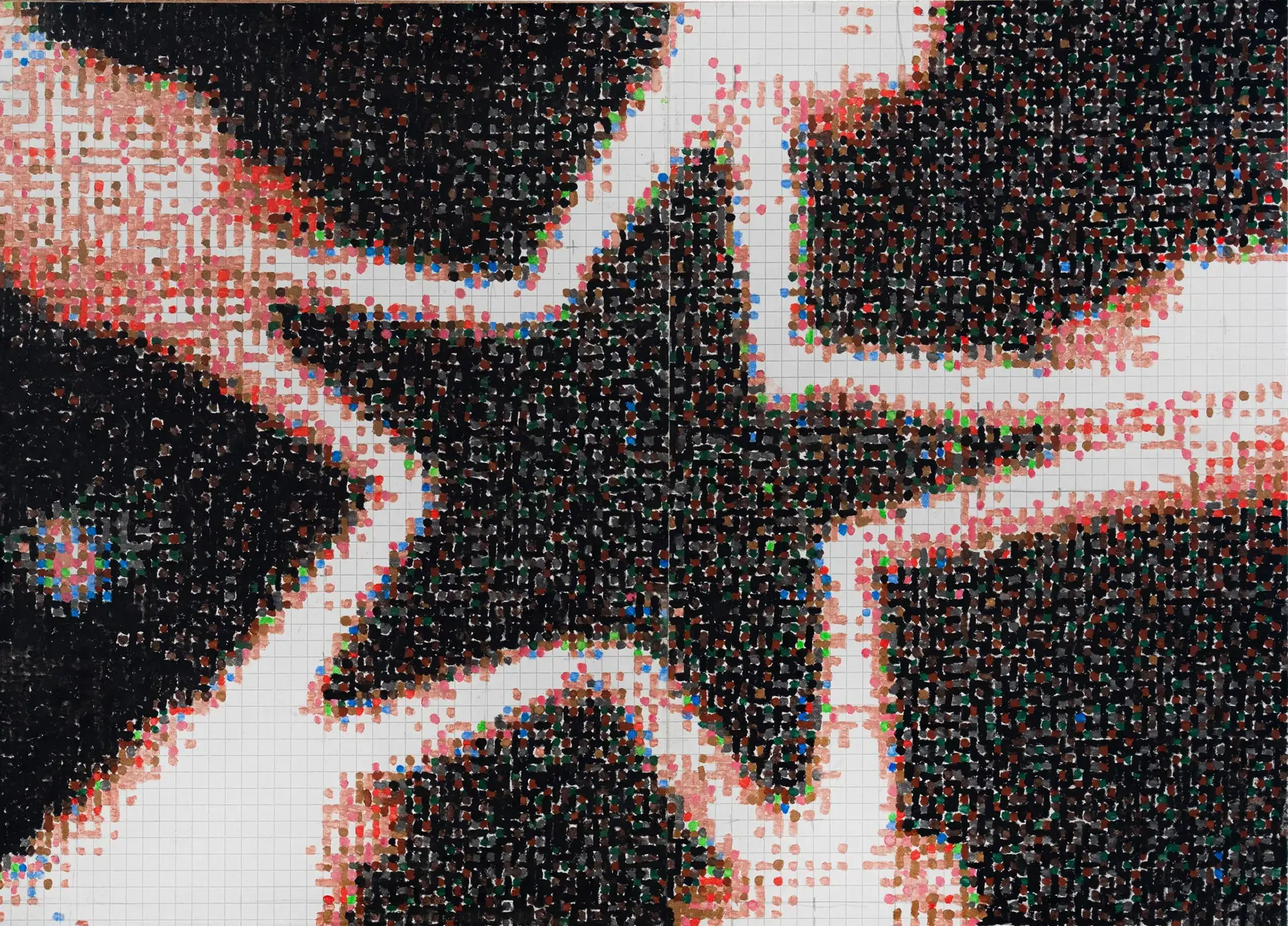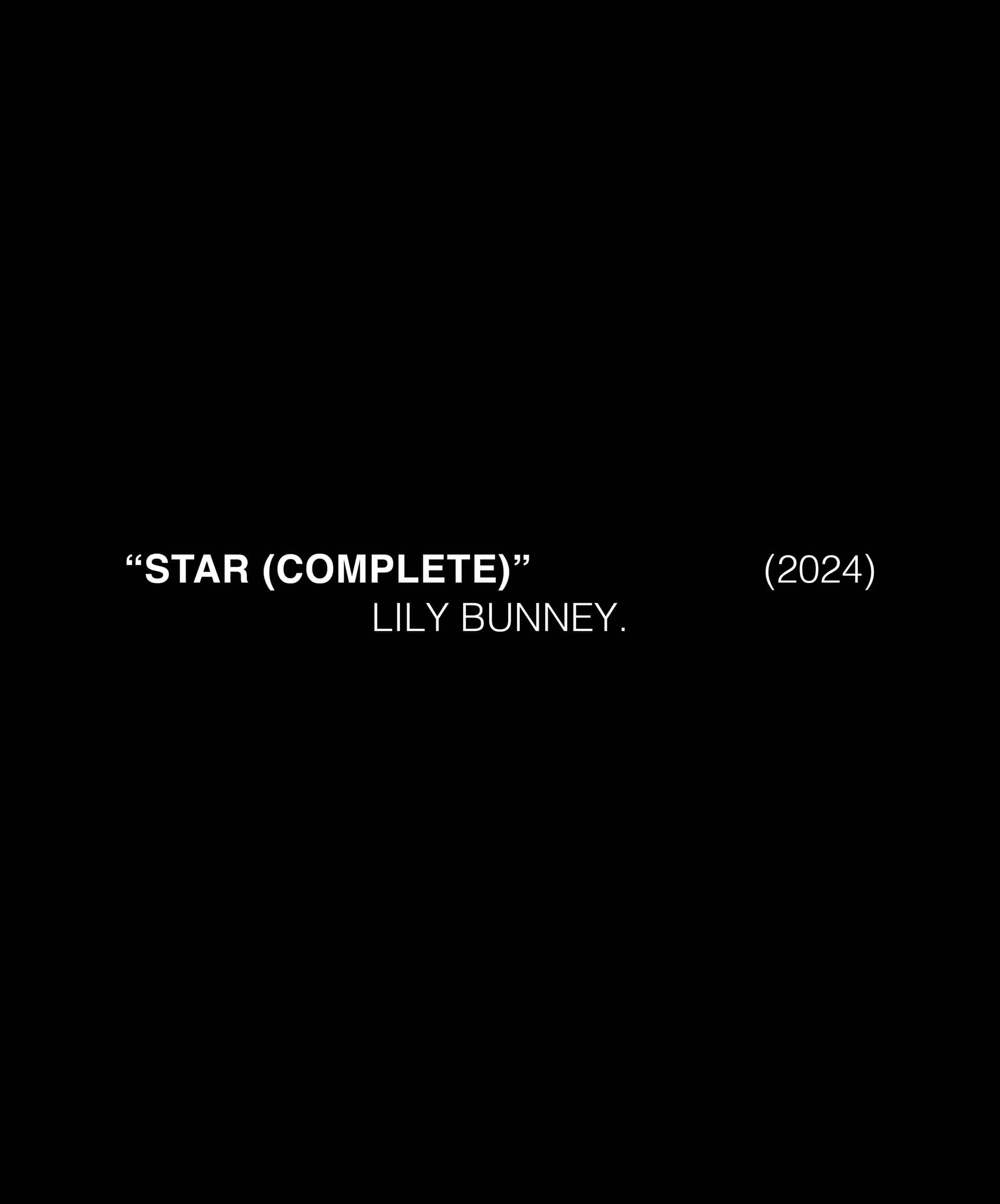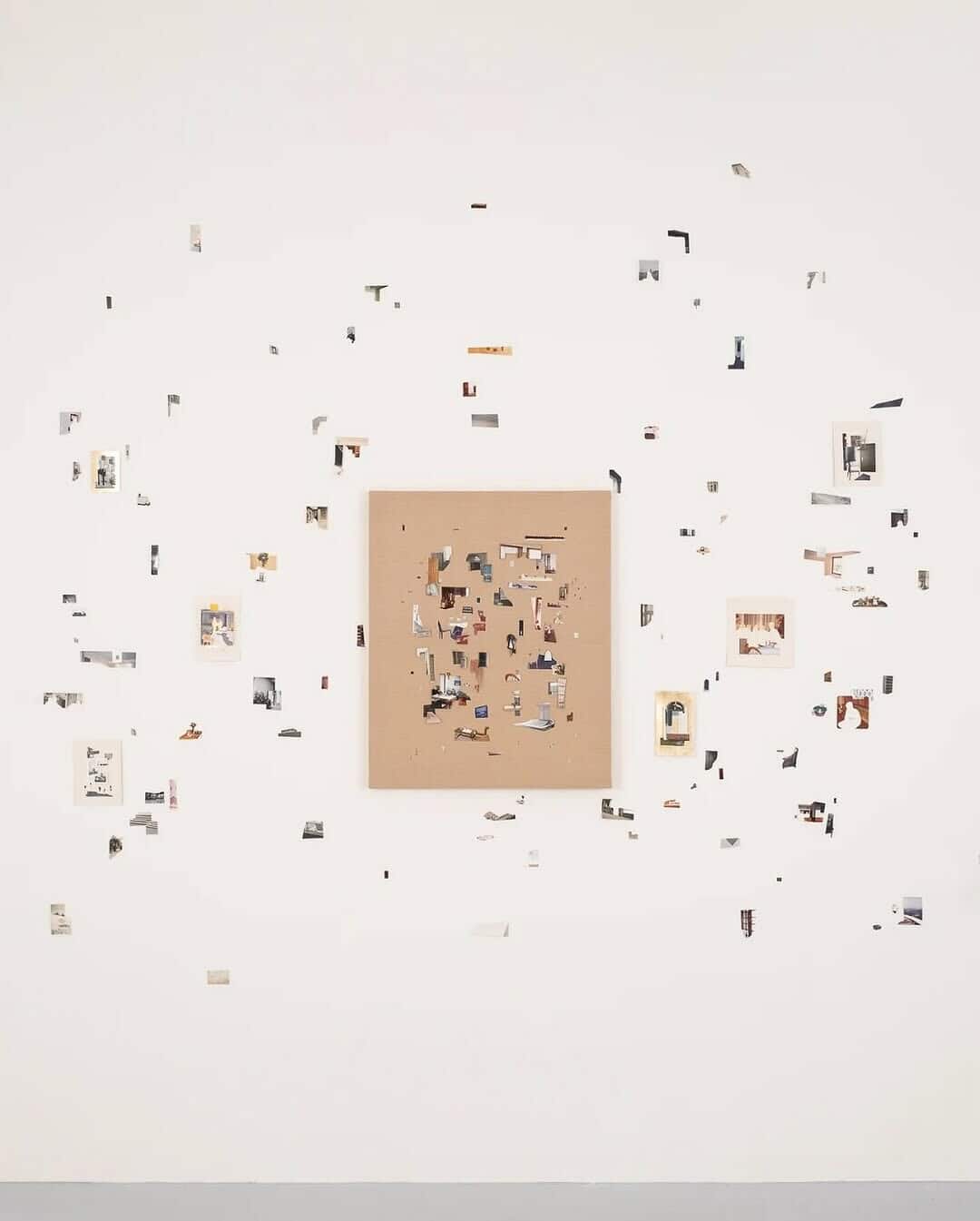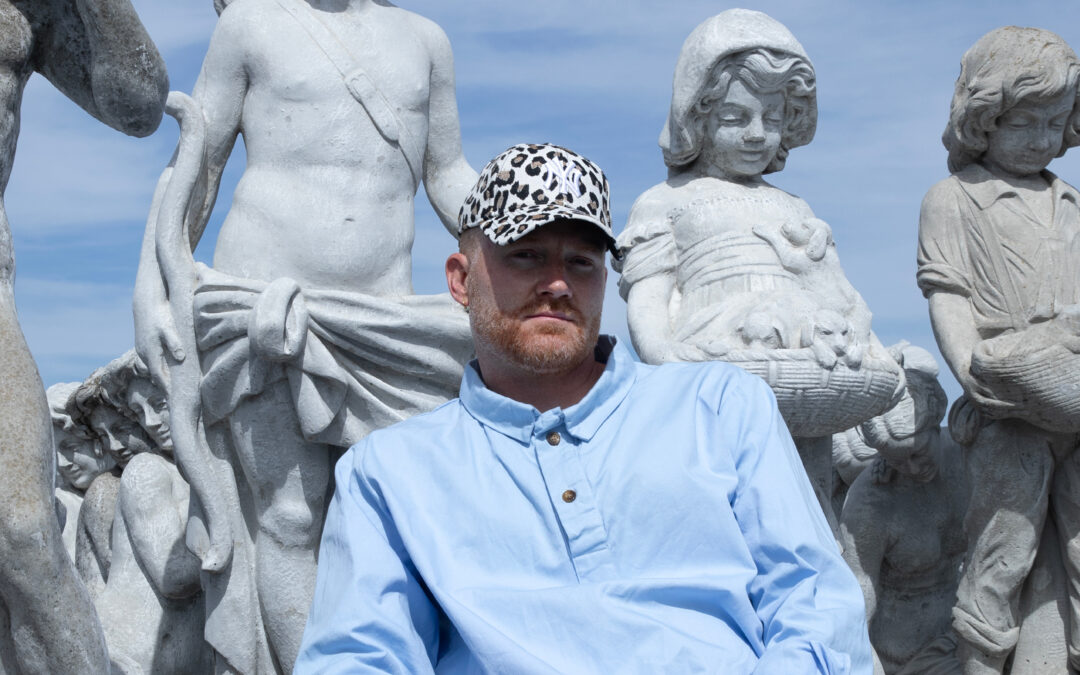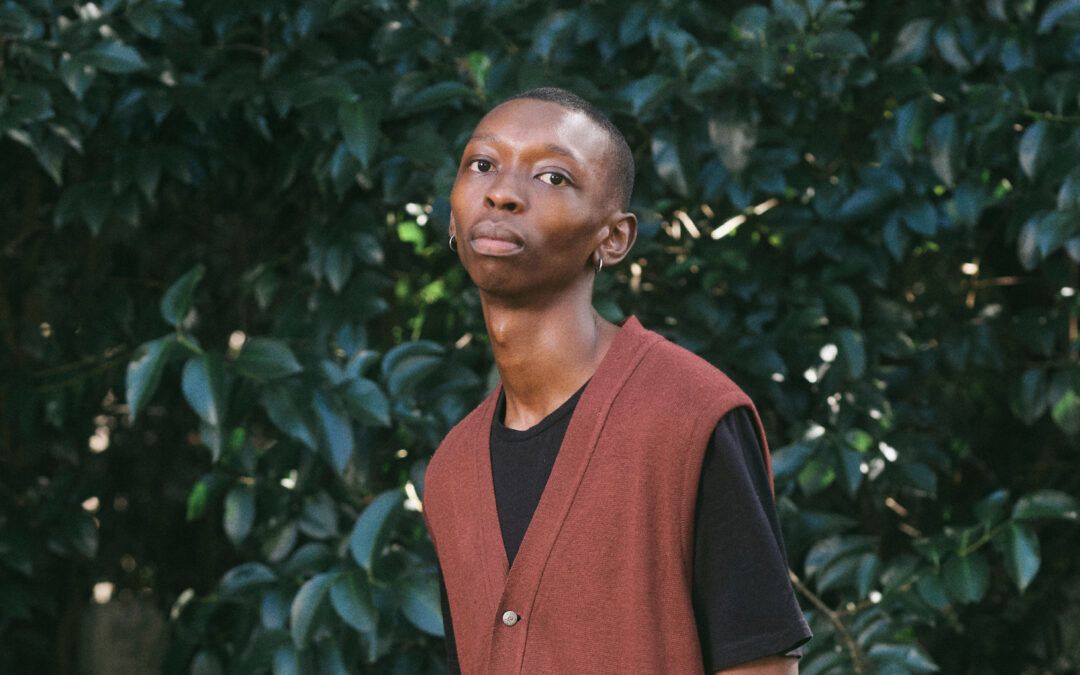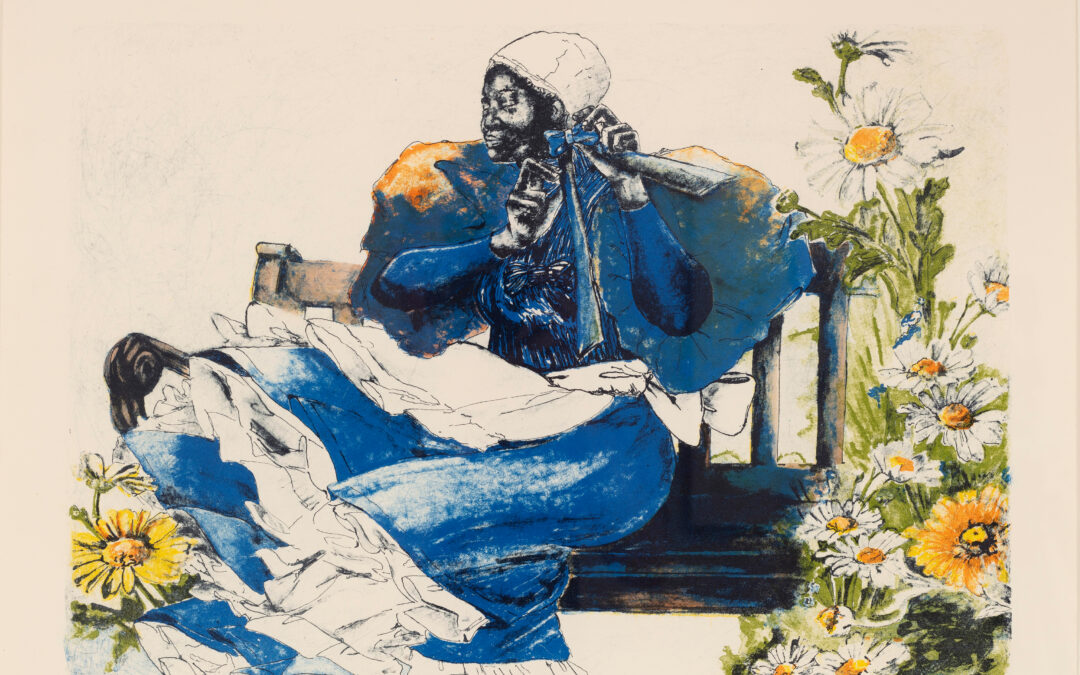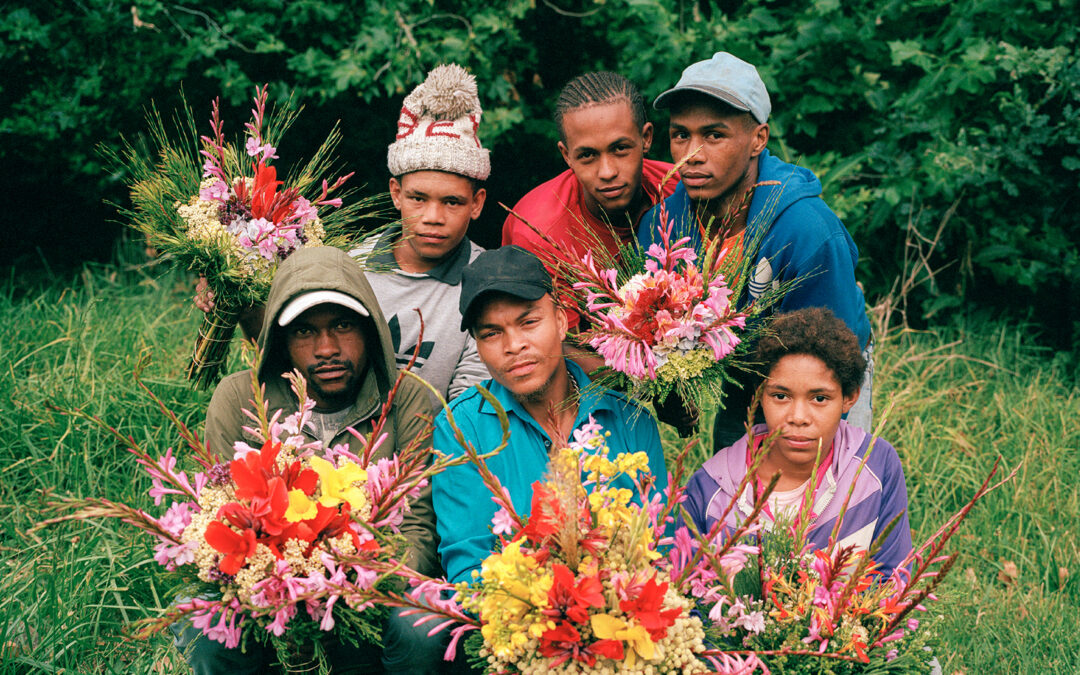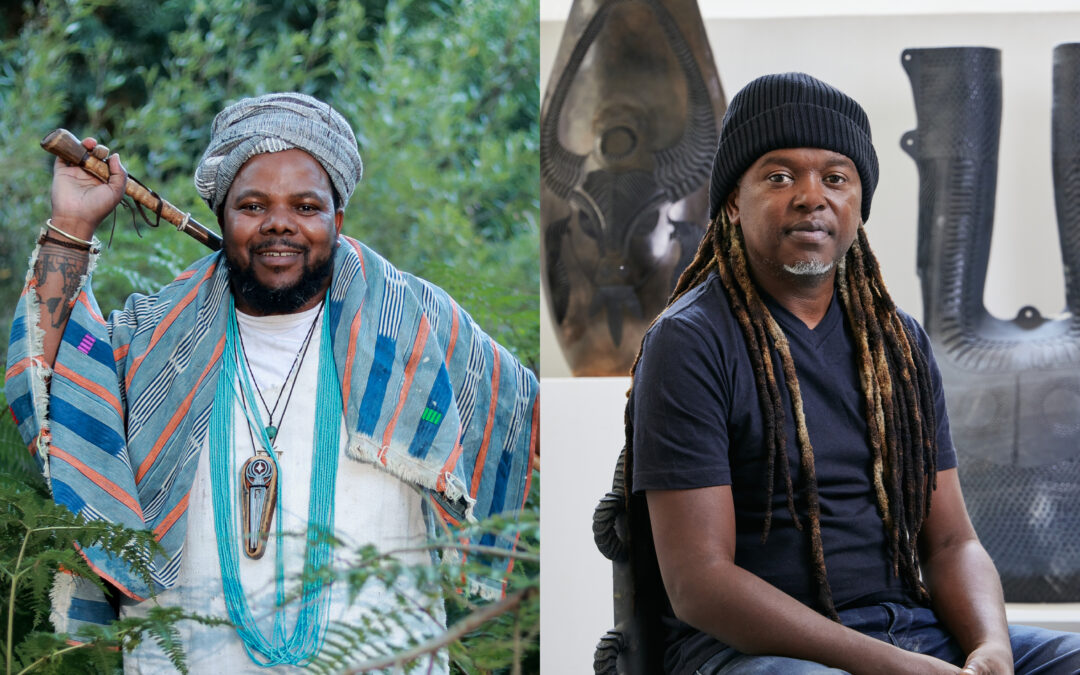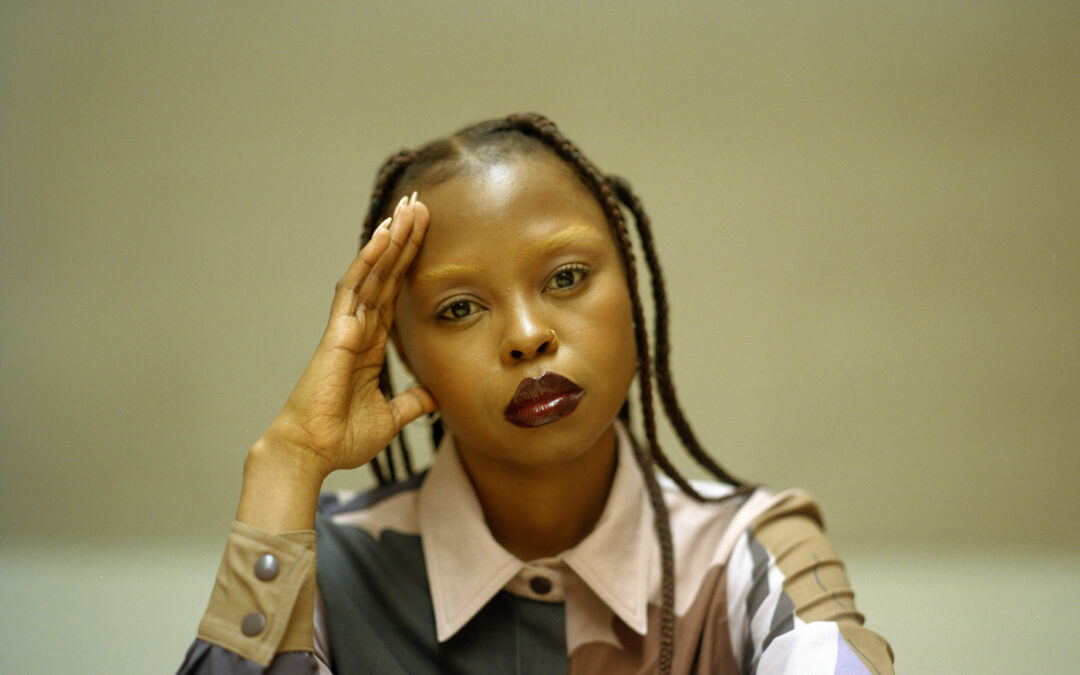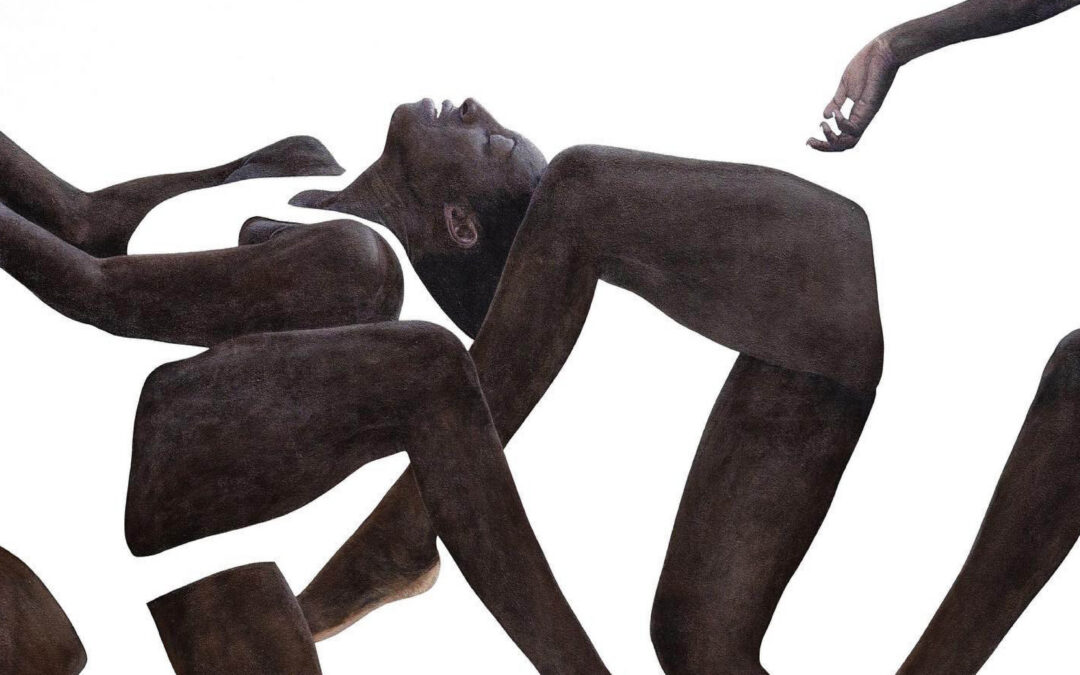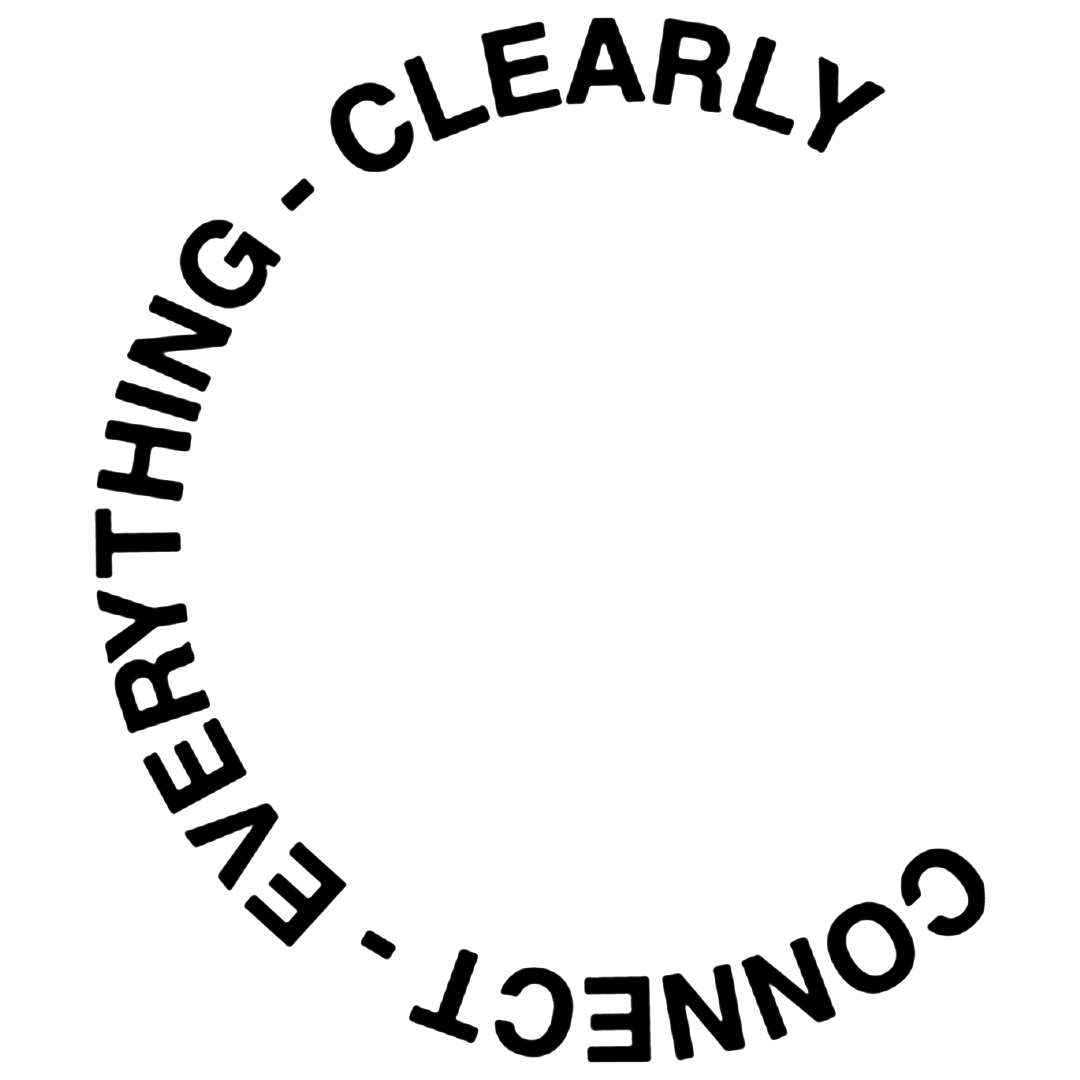Paper — ephemeral, everyday, yet deceptively fragile — is a material we often associate with impermanence. Yet, in the hands of artists, it becomes a powerful conduit for memory, narrative, protest and play. The following selection of artists, forming our next iteration of our bi-monthly art round-up, engage with paper not merely as medium, but as metaphor and method. Whether torn, printed, folded, stitched, or digitised, their works explore themes of identity, transience, nostalgia, and resistance.
Some artists use paper to mine the past while others critique the present. All six artists reveal how something as transparent and light as a sheet of paper can cut deep, revealing hidden seams in culture and selfhood. In this roundup the line between the delicate and the incisive remains razor sharp.
Maia Lehr Sacks (South African)
‘Ventral’, 2025, folded paper
Maia is best known for folded paper sculptures, delicate ink drawings, and mixed-media works that blend craft, drawing, and environmental themes. Her work deeply engages with memory, repetition, and nostalgia: she repeats stitches, folds, or marks to evoke the cyclical nature of remembering in a meditative way, and to materialise traces of lived experience.
Her delicate origami sculptures are folded with rhythmic repetition, echoing the nature of recall, embodying time as physical form. Moving beyond traditional origami, Maia experiments with ancient and modern folding techniques that curve and shape 2D paper into intricate three-dimensional structures, blending fragility with strength.
For Maia, paper is not just a medium but a companion in the process of self-reflection and creative exploration. The repetitive act of folding mirrors the way memories unfold—imperfect, subjective, yet undeniably present. Her work captures this tension between memory’s elusiveness and the material certainty of paper.
Emerging from childhood experiments with paper folding to her current refined practice, Maia’s work redefines paper sculpture in South Africa. Her art is a quiet meditation on impermanence and persistence, inviting viewers to witness the beauty and complexity born from a simple sheet of paper.
Photography courtesy of the artist’s website and Instagram archives
Pam Puck (Italian-America)
‘Think You Can Hurt Me? You Can’t Even Find Me!’, 2024
Pam Puck’s sculptures are built from paper mache, a material that brings together fragility and strength, playfulness and depth. Initially a ceramic sculptor, Pam uses the tactile nature of paper pulp to shape figures that are both humorous and vulnerable. Drawing inspiration from folk, outsider, and medieval art, their work mixes mythology with personal experience—touching on themes of mental health and sexuality.
As a fluid and unusual medium, paper mache allows Pam to create imaginary characters like monsters and imps that feel alive and full of story. The handmade, textured quality makes these figures feel both familiar and strange, approachable yet unsettling. The way Pam builds up and shapes the paper mirrors the process of exploring hidden emotions and thoughts, encouraging us to look deeper still.
Photography courtesy of the artist’s website and Instagram archives
William Kentridge (South African)
‘Paper Procession 3’, 2023, Steel, Aluminium, oil paint
William Kentridge is best known for his politically charged works that combine sculpture, drawing, film, performance and theater. His multidisciplinary approach and intellectual depth have earned him international acclaim, including exhibitions at major museums like MoMA and the Tate. In Kentridge’s words regarding his practice, he shares, “How much do you glean from what you read, and how much of what you read is changed by what you’re seeing around it?”
In his exhibition, ‘What Have They Done with All the Air?’, William Kentridge returns to paper as a central medium — not just as a surface, but as an active stage for political inquiry and historical layering. Presented by Goodman Gallery, the works stem from his theatre production ‘The Great Yes, the Great No’, inspired by the 1941 Atlantic crossing of the Capitaine Paul Lemerle. Drawings on paper as well as paper as a texture on sculptures serve as both scenographic elements and narrative devices, layering character portraits, vegetation and fragments of political text. Kentridge’s manipulation of paper is reasserted as material presence, resisting disappearance. Paper here becomes a carrier of image, history, and metaphor, a tactile counterweight to digital removal and historical erasure.
Photography courtesy of the artist’s website and Instagram archives
Dima Yarovinsky (Tel Aviv)
‘I Agree’, Paper, 2018
Dima Yarovinsky is a multidisciplinary designer who pushes information design into the realm of political and societal reflection. In his artwork, ‘I Agree’, Dima uses paper to render the abstract mechanics of digital consent into a tangible, overwhelming form. By printing the full Terms of Service from platforms like Facebook, Instagram, and Tinder onto scrolls of A4 paper in standard legal formatting, Dima translates invisible digital contracts into physical objects that expose the imbalance between users and tech corporations. Each scroll is laden with the number of words and estimated reading time, making the inaccessibility of these documents visually and spatially undeniable. Here, paper serves not only as medium but as evidence — a tool of confrontation and critique that reveals the scale, opacity and potential coercion embedded in everyday online interactions.
Photography courtesy of the artist’s website and Instagram archives
Lily Bunney (London)
‘Star (Complete)’, 2024
Working primarily on squared exercise book paper, Lily Bunney explores the intersection of analogue craft, digital aesthetics, and female intimacy. Her recent series, ‘girls peeing on cars’, uses pointillist drawing to depict scenes of women urinating between parked vehicles — a visual metaphor for informal solidarity and care between friends. Paper plays a structural and conceptual role: the grid underpins her methodical mark-making while evoking systems of order, repetition, and constraint. Bunney’s manipulation of paper — often layering it with plastic gems or low-fi materials — draws attention to the tension between sincerity and surface, intimacy and abstraction. Her work questions how images are read, filtered, and shared, positioning paper not just as support, but as interface.
Photography courtesy of the artist’s website and Instagram archives
Sitaara Stodel (South African)
“Four Walls” Collage Installation was part of RESERVOIR’s ‘Space Register’ group exhibition with UNTITLED, 2024, photography by Mia Thom and Slater Studio
For Sitaara Stodel, who’s currently doing her MFA, paper is more than just a surface but a vessel for memory, identity and the instability of home. Working primarily in collage, she manipulates found family photographs and printed imagery, sourced from antique shops and markets, to construct intricate, deeply personal narratives. These paper fragments are torn, cut, and stitched to become a means of reckoning with a life marked by displacement. Having moved house over forty times, often into spaces her family could not afford, the transience of domestic space permeates her practice.
Paper in Stodel’s hands becomes fragile proof of a life lived in motion — brittle with age, soft with nostalgia, yet sturdy enough to hold reconstruction. She tears into scenes of suburban interiors, sea-facing homes, and glossy household objects, then reassembles them with gold thread, which could be seen as a deliberate act of remaking and re-owning memory. Each collage is a quiet act of resistance against erasure.
In tracing the edges of paper — its folds, tears, and textures — these artists reveal more than technique; they expose the fragility and resilience of the human experience. Paper, in their hands, is not passive. It holds memory, enacts resistance, reimagines myth, and reconstructs belonging. Whether through political critique, personal history, or formal experimentation, each artist demonstrates how this humble material can carry the weight of meaning and how, when pushed to its limits, it cuts through noise with uncommon clarity. In a world increasingly digitised and disembodied, these works remind us that even the most transient materials can leave a lasting mark.
“Four Walls” Collage Installation was part of RESERVOIR’s ‘Space Register’ group exhibition with UNTITLED, 2024, photography by Mia Thom and Slater Studio
For more news, visit the Connect Everything Collective homepage www.ceconline.co.za

